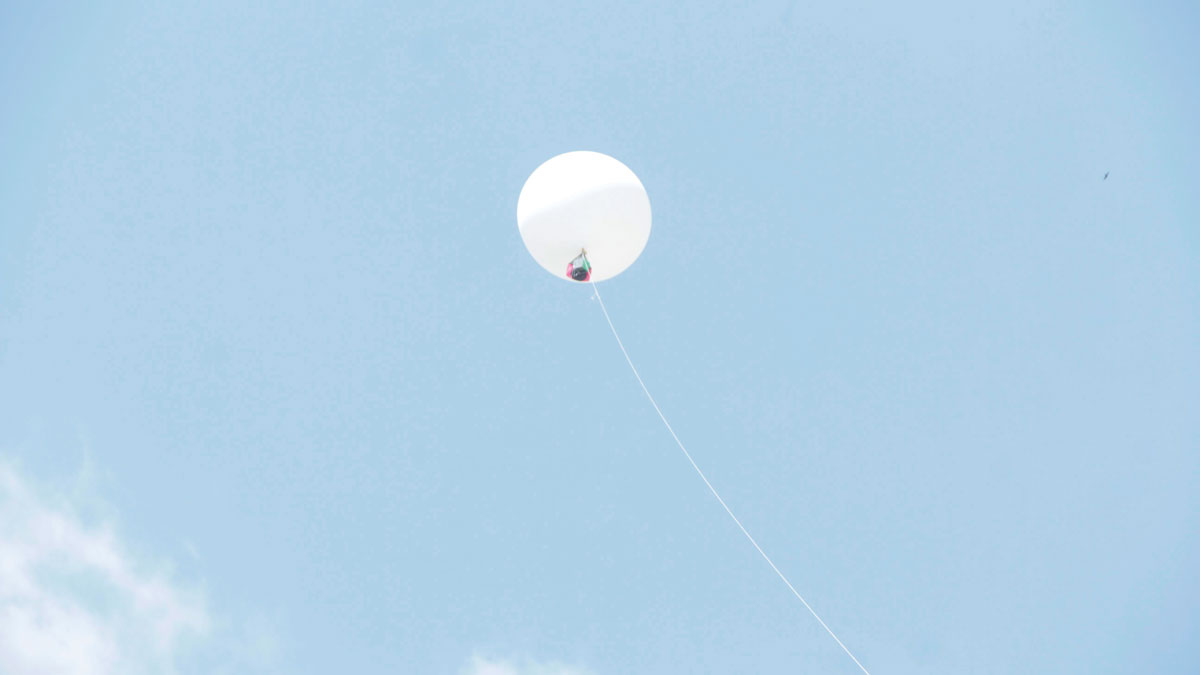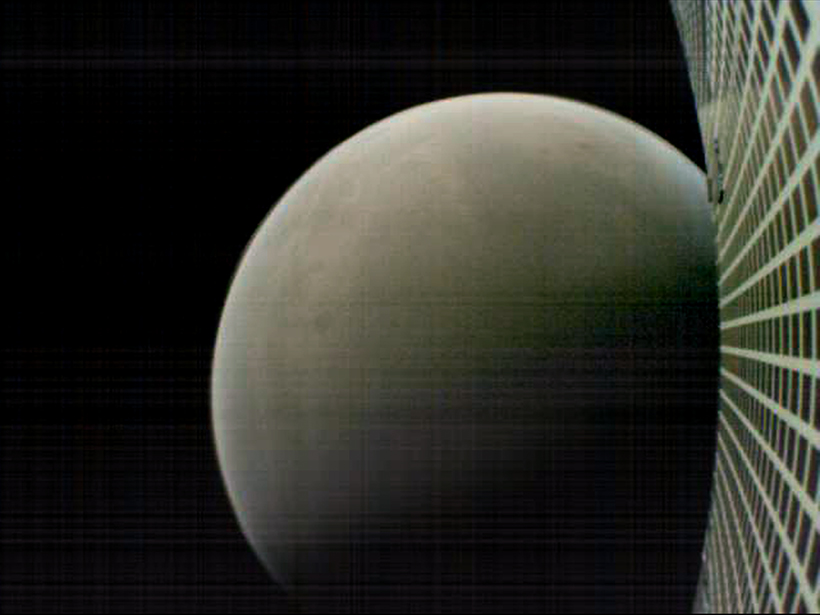Programs that teach students to design, build, and launch tiny satellites are helping to inspire the next generation of space scientists and engineers.
CubeSats
A New Satellite Material Comes Out of the Woodwork
With lessons learned from their first attempt, Kyoto University scientists hope a second CubeSat made of magnolia will spark an age of wooden spacecraft.
Open-Source MAGPRIME Supports Space Magnetism in the Heliosphere
MAGPRIME is a library of magnetic interference removal algorithms, including benchmarks, that can aid in the design of spacecraft by providing simulations to determine optimal magnetometer placement.
Tiny Satellites Can Provide Significant Information About Space
Students and faculty at the University of Colorado Boulder use CubeSats to learn more about the near-Earth environment.
Looking to the Sky for Better Tsunami Warnings
Pairing navigation satellites and CubeSats could provide earlier, more accurate warnings of approaching tsunamis and other impacts of extreme events.
Satellites Help Cement South Africa’s Space Industry
A trio of CubeSats allows South Africa to showcase its growing space industry as well as monitor its coastal zones.
Zimbabwe’s Scientists Look Forward to Country’s First Satellite
ZIMSAT-1 promises to expand Zimbabwe’s remote sensing capabilities and allow it to better monitor natural resources.
New Eyes on Wildfires
Onboard machine learning and compact thermal imaging could turn satellites into real-time fire management tools to help officials on the ground.
Hello, Goodbye: First Interplanetary CubeSats Zip Past Mars
The InSight lander safely arrived on Mars early last week. Two tiny spacecraft made up part of its communications array and transmitted landing data back to Earth.










